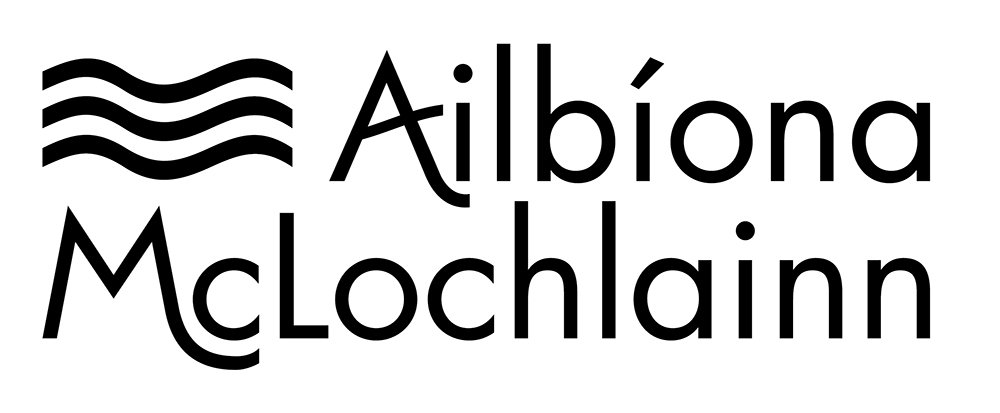Mixing Commercial Sock Yarns
Last Friday I published the first instalment in the Simply Stranded Summer Sock Club, and was stunned by the immediacy with which the knitting commenced! There are patterns that people love the idea of, but in reality end up collecting rather than knitting. And then there are patterns that go straight from download onto the needles. And seeing that the Flowerstone Socks belong to this latter category, has made me very happy.
It has also made me remember, that whenever a pattern is very active, it can generate questions that I did not anticipate. In this case, it’s a question of mixing sock yarn brands.
In the info page of the Simply Stranded Summer Sock Club patterns, I recommend using ‘commercial superwash sock yarns in solid colours.’ I then go on to list the yarns I used for the sample socks shown in the pattern photos. And while one of the pairs uses all 3 colours from the same brand, the other pairs combine yarns from different brands. Which has raised the following question:
………
Q: I know that most indie dyers use the same yarn bases. So colours from different dyers can be combined {in the same colourwork project}, as long as the bases are the same.
But is this also true of mass produced yarns? I am curious how you can tell which brands are compatible with one another, when choosing yarns for colourwork socks.
………
Interestingly, this is something I’ve been doing intuitively for years, yet have not consciously considered until now. There is indeed a method to determining compatibility. And specifically, these are the key factors to consider:
1. That the yarns have similar meterage
To determine this, simply look at the label and check how many metres it contains per 100g. It’s fine if they are not identical; but they should be similar enough to belong to the same yarn weight category (which your pattern will state).
2. That the yarns are similar in composition and texture
Again, check the label. Most ordinary commercial sock yarns are a blend of 75% wool (by which they mean mixed-breed wool), and 25% either nylon or polyamide (which are approximately the same fibre). As long as that’s the composition, they are compatible. What you have to look out for, is that one of the yarns does not contain a different fibre, such as alpaca, silk, yak, cashmere, tinsel, bamboo, etc. Or that one of the yarns does not lack the nylon or polyamide content. Or that one of the yarns isn’t, say, specifically merino, which would make it noticeably different in texture and stitch definition than the mixed-wool ones.
3. That each of the yarns is colourfast
This one can only be determined with 100% certainty through prior experience. Ideally, for colourwork socks you would use yarns which you already know to be reliably colourfast. So perhaps think twice before combining a yarn you are familiar with, with a yarn that is new to you. That said: When it comes to mass-produced commercial sock yarns, there is a greater chance of out-of-the-box colour fastness than with small batch hand-dyed yarns, which one reason why I recommend them for these patterns.
After all that, it might sound a bit complicated. But in fact, if like me, you are based in Europe, most of the Usual Suspects fit the bill, and are absolutely fine to mix and match for colourwork socks.
To make it easier: The following is a list of commercial sock yarns I routinely knit with. These yarns play well together in colourwork. They are very similar in texture, are of approximately the same weight, and can usually be trusted to be colourfast. All links are to the manufacturers’ websites, which show the complete colour selection. You can find stockists local to you by searching for the yarn name.
West Yorkshire Spinners Signature 4-Ply (UK)
meterage: 400m/ 100g
composition: 75% mixed wool (including BFL) and 25% nylon, superwash
Cygnet Yarns Truly Wool-Rich 4-Ply (UK)
meterage: 410m / 100g
composition: 75% mixed wool and 25% polyamide, superwash
Drops Fabel (Norway)
meterage: 410m / 100g
composition: 75% mixed wool and 25% polyamide, superwash
Opal Uni-Colour 4-Ply (Germany)
meterage: 425m / 100g
composition: 75% mixed wool and 25% polyamide, superwash
Regia Uni-Colour 4-Ply (Germany)
meterage: 420m / 100g
composition: 75% mixed wool and 25% polyamide, superwash
Rico Superba Premium 4-Ply (Germany)
meterage: 380m / 100g
composition: 75% mixed wool and 25% polyamide, superwash
What about American yarns, and yarns form other regions?
My only personal experience with commercial American sock yarns, is Cascade - which differs noticeably in texture from the above yarns, and has not been reliably colourfast for me. Otherwise, I have no experience with commercial superwash sock yarns from regions outside Europe.
………………………
I hope this explanation and yarn list have been helpful! With 6 compatible brands to mix and match at your disposal, you can put together quite an extensive colour palette for the Simply Stranded socks of your dreams. Thank you again for your support and I hope you enjoy the the Sock Club!


